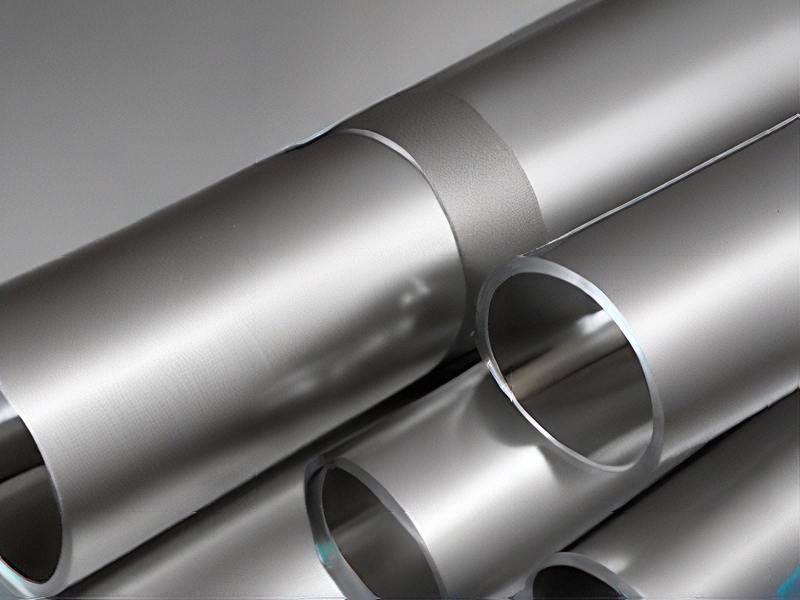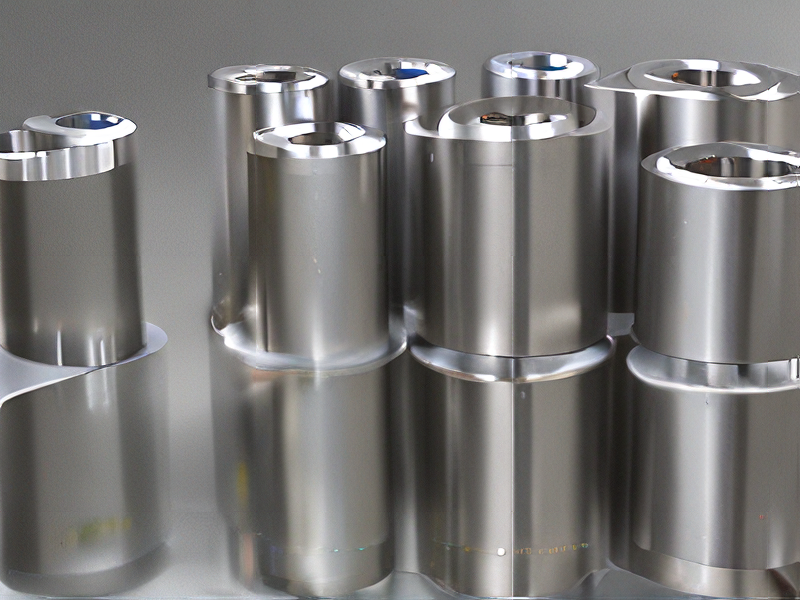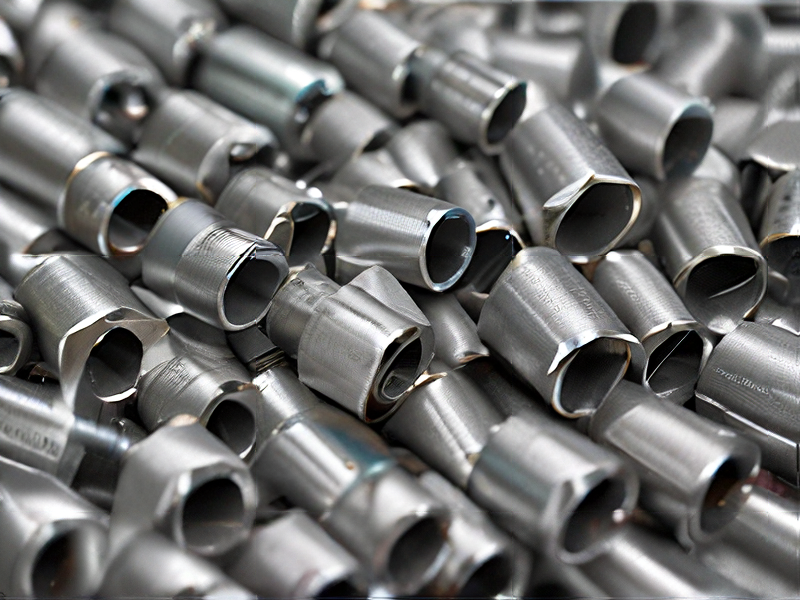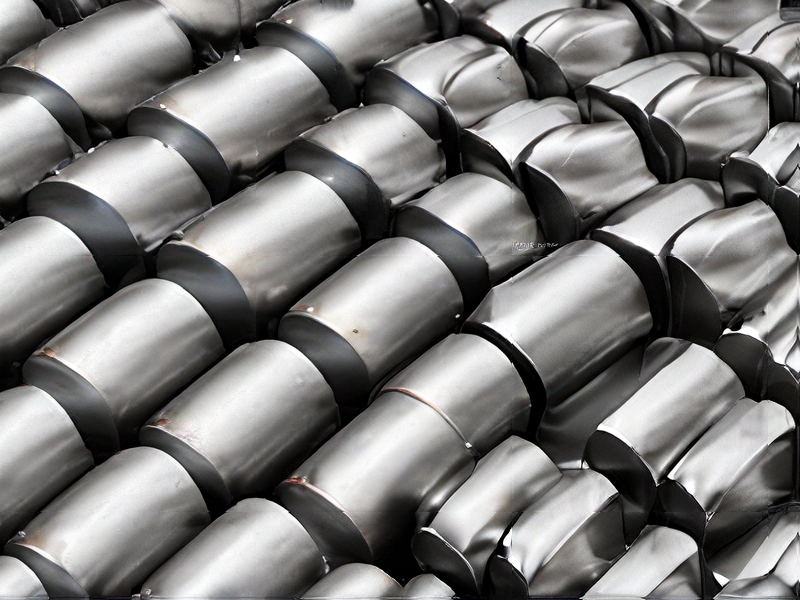Technology and Applications of passivation stainless steel
Passivation of stainless steel is a crucial process aimed at enhancing its corrosion resistance. This technique removes free iron and other contaminants from the surface, which can compromise the material’s corrosion resistance. Passivation typically involves cleaning the stainless steel surface to remove contaminants such as grease, oil, and machining residues. This is followed by immersion in an oxidizing acid solution, such as nitric acid, or exposure to other chemical treatments that facilitate the formation of a thin, protective oxide layer on the surface.
Applications of passivated stainless steel are widespread across various industries where corrosion resistance is paramount. In the food and beverage industry, passivated stainless steel is used for equipment such as tanks, pipes, and fittings to prevent contamination and ensure hygiene. In pharmaceutical manufacturing, it is employed for vessels and piping systems to maintain product purity. Aerospace and automotive industries utilize passivated stainless steel components for their durability and reliability in harsh environments.
Passivation also finds applications in medical devices, where maintaining biocompatibility and resistance to body fluids is critical. Additionally, it is utilized in architectural applications for building facades, bridges, and other structures exposed to weathering and pollution.
Overall, passivation of stainless steel plays a vital role in extending the lifespan and maintaining the integrity of components in diverse industries where corrosion resistance and durability are essential requirements.

Quality Testing Methods for passivation stainless steel and how to control quality
Passivation of stainless steel typically involves removing free iron and other contaminants from the surface to improve corrosion resistance. Quality testing methods ensure that the passivation process meets specified standards. Here are key methods and quality control measures:
1. Visual Inspection: This initial step checks for cleanliness, surface finish, and absence of discoloration or contamination.
2. Chemical Testing: pH testing of rinse water ensures proper rinsing, while chloride testing confirms removal of corrosive ions.
3. Salt Spray Testing: ASTM B117 standard tests are conducted to assess the corrosion resistance of the passivated surface.
4. Copper Sulfate Testing: This method detects free iron contamination on the surface by reacting with iron ions.
5. Adhesion Testing: Tape or pull-off tests ensure the passivation layer adheres firmly to the substrate.
6. Surface Roughness Measurement: Ensures the passivation process does not adversely affect the surface finish beyond acceptable limits.
To control quality:
– Process Control: Monitor chemical concentrations, temperatures, and immersion times to ensure consistency.
– Validation and Verification: Regularly validate processes and verify compliance with standards (e.g., ASTM A967, AMS 2700).
– Training: Ensure personnel are trained in proper handling of chemicals, equipment calibration, and testing procedures.
– Documentation: Maintain detailed records of process parameters, test results, and any corrective actions taken.
By employing these methods and controls, manufacturers can consistently achieve high-quality passivation of stainless steel, ensuring durability and performance in various applications.

Tips for Procurement and Considerations when Purchasing from passivation stainless steel
When procuring passivation services for stainless steel, consider the following tips:
1. Certification and Expertise: Ensure the service provider is certified and experienced in passivation processes. Look for certifications such as ASTM A967 or AMS 2700 to guarantee compliance with industry standards.
2. Quality Control: Verify the provider’s quality control measures. This includes checking their inspection protocols, testing methods, and adherence to specific passivation standards relevant to your industry.
3. Material Compatibility: Confirm that the passivation process is suitable for the grade of stainless steel you are using. Different grades require specific treatments to achieve optimal corrosion resistance.
4. Environmental Considerations: Evaluate the environmental impact of the passivation process. Choose providers that adhere to environmental regulations and employ eco-friendly practices where possible.
5. Lead Times and Capacity: Assess the provider’s lead times and production capacity to ensure they can meet your project deadlines and volume requirements.
6. Cost and Value: Compare quotes from different providers, considering not only the initial cost but also the value provided in terms of quality, reliability, and customer service.
7. Customer Reviews and References: Check customer reviews and ask for references to gauge the provider’s reputation and satisfaction levels among past clients.
By focusing on these considerations, you can ensure a successful procurement process for passivation services tailored to your stainless steel requirements.

FAQs on Sourcing and Manufacturing from passivation stainless steel in China
When sourcing and manufacturing passivated stainless steel in China, consider the following FAQs:
1. What is passivation of stainless steel?
Passivation is a chemical process that enhances stainless steel’s corrosion resistance by removing free iron and contaminants from the surface.
2. Why source passivated stainless steel from China?
China offers competitive pricing and a wide range of manufacturing capabilities for stainless steel products, including passivation services.
3. How do I ensure quality when sourcing from China?
Select suppliers with ISO certifications and a track record of producing high-quality passivated stainless steel. Conduct thorough quality inspections and audits.
4. What are common challenges in sourcing from China?
Potential challenges include language barriers, cultural differences, and varying regulatory compliance standards. Clear communication and due diligence are crucial.
5. Are there environmental considerations?
Ensure suppliers comply with environmental regulations regarding chemical usage and waste disposal associated with passivation processes.
6. What are typical lead times and shipping considerations?
Lead times vary but can typically range from a few weeks to months, depending on product complexity and quantity. Factor in shipping logistics and customs clearance.
7. Can I request customized passivation processes?
Yes, many Chinese manufacturers offer customization options for passivation methods and specifications based on your requirements.
By addressing these FAQs, you can navigate sourcing and manufacturing passivated stainless steel in China effectively while ensuring quality and compliance with your specific needs.

